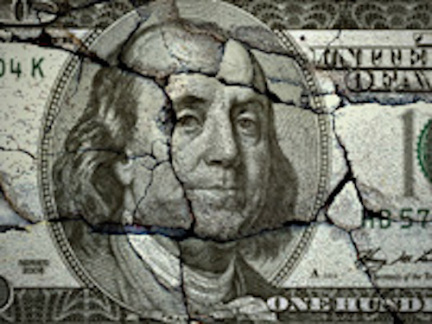Dollar dominance may have reached its end. Evidence portray a trend of massive de-dollarisation by world economies. It is time emerging economies such as Kenya adjusted accordingly.

A random invoice will demand that payment to be made through SWIFT. This is an international payment system by the Society for Worldwide Inter-bank Financial Telecommunication (SWIFT), which is a dominant wire transfer.
Recently, on recent days, if the invoice originates from a Chinese, they have omitted SWIFT and replaced it with CIPS. The cause is China has abandoned SWIFT in favour of its own China International Payments System (CIPS), which they launched 2015.
In addition, the Chinese Renminbi has been admitted into the IMFs Special Drawing Rights (SDRs) basket, making it one of the top-tier international currencies.
The casualty of these Chinese overtures has been the US dollar. President Donald Trump has escalated the dollar slaughter through his confrontational foreign trade policy targeting China and and trade agreements.
In the aftermath of the World War II, the US Dollar, Euro, Yen and British Pound become the four main base currencies for settling international transactions. But the Dollar become dominant of theme to form the main base currency.
The trend that followed was a massive dollarisation of the world economies. Dollarisation is the use of the US Dollar in addition to or instead of the domestic currency as legal tender.
In fact, some countries, such as Ecuador, East Timor, El Salvador, Marshall Islands, Micronesia, Palau, and Zimbabwe use the US Dollar as the only currency include.
However, countries have been abandoning the dollar. This is a phenomena of de-Dollarization, where there is a deliberate action by a nation to cut down on the use of the U.S. Dollar.
The New Development Bank, earlier known as the BRICS evidenced the scenario of weakened Dollar when they announced the issuance of 3 billion yuan worth of five-year “green bonds” denominated in the Renminbi, to raise funds for clean energy and infrastructure projects.
These de-Dollarization efforts have implications for Kenya. Currently, the Central Bank of Kenya has foreign exchange reserve of USD 8000M (approx Ksh 800B) 5 months of cover. The CBK should diversify this reserve with other base currencies.
This would reduce the impact of USD fluctuations on the Kenyan currency. Lastly, as a country that has a substantial portion of its debt obligations to China, Kenya should do a currency swap relations with China.
The days of dollar dominance are all over and requisite adjusting are immediately required.